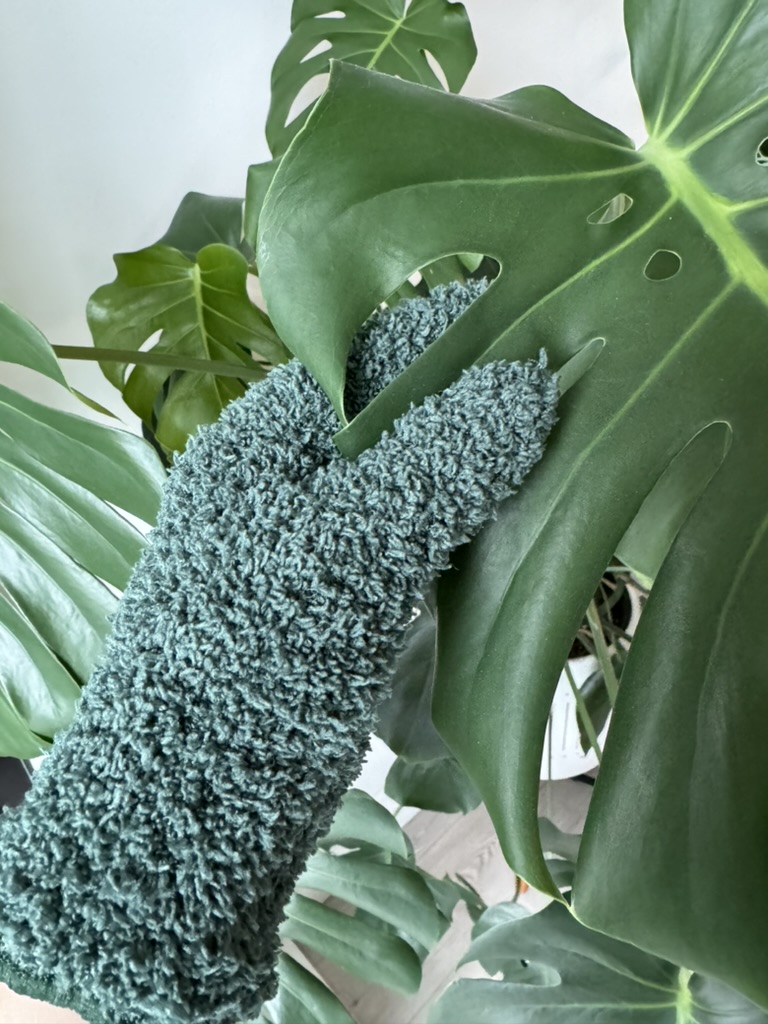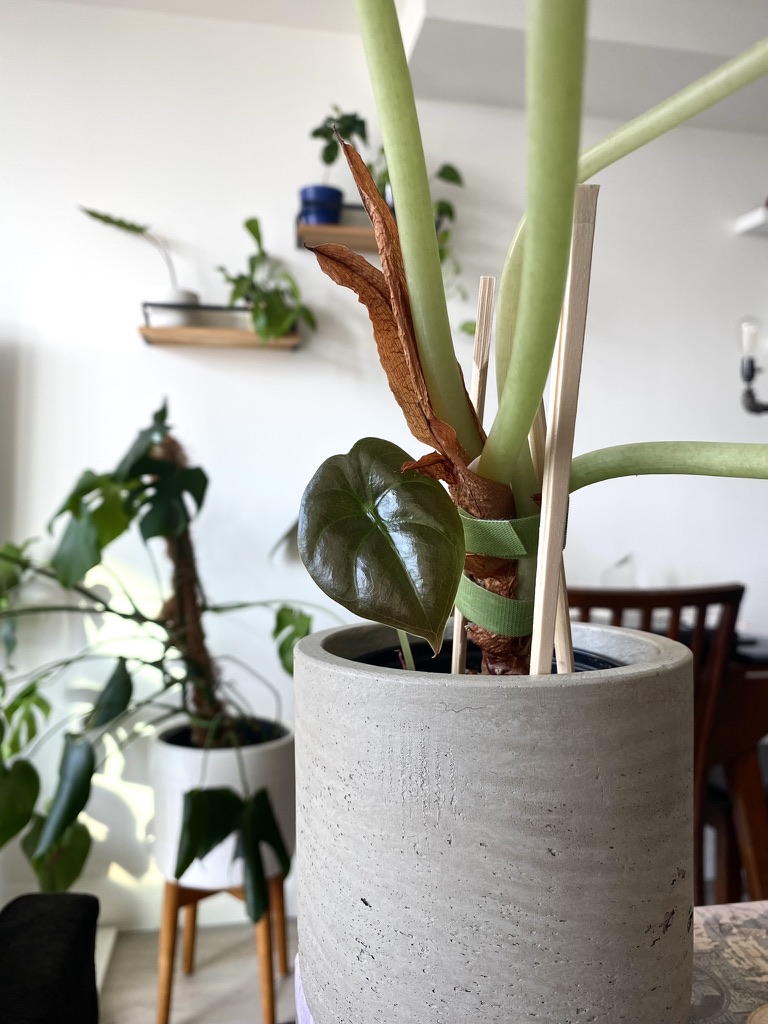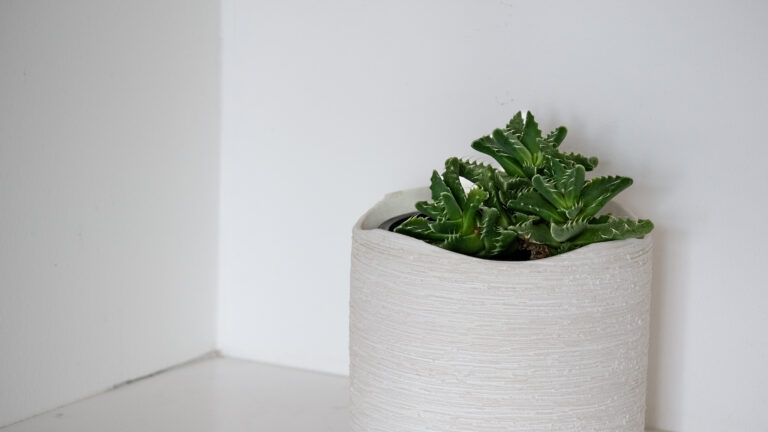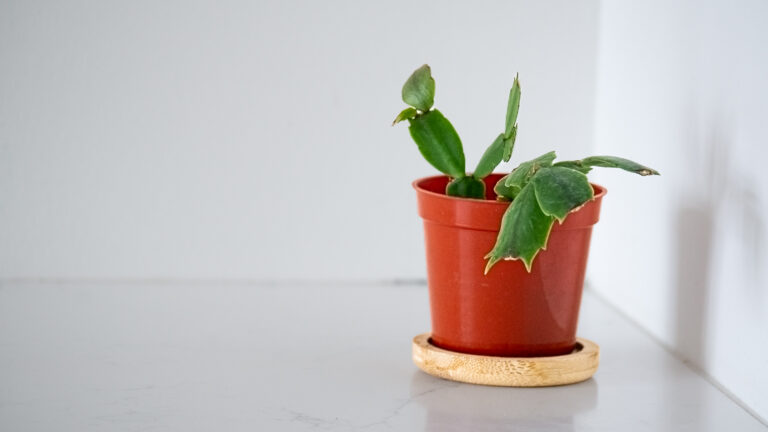Pachyphytum Viride or Pachyphytum viride Walther is a member of the crassulaceae family. It is native to Mexico.
Pachyphytum comes from the greek pachys (thick) and phyton (leaves). If you look at this plant, you would think it has thick leaves.
Pachyphytum Viride grow on steep, rocky cliffs in the wild. The cliffs range from 5,910 to 7,220 feet.
There are around 1400 species of the crassulaceae family.
Pachyphytum Viride at a glance.
🪴 Appearance of Pachyphytum Viride
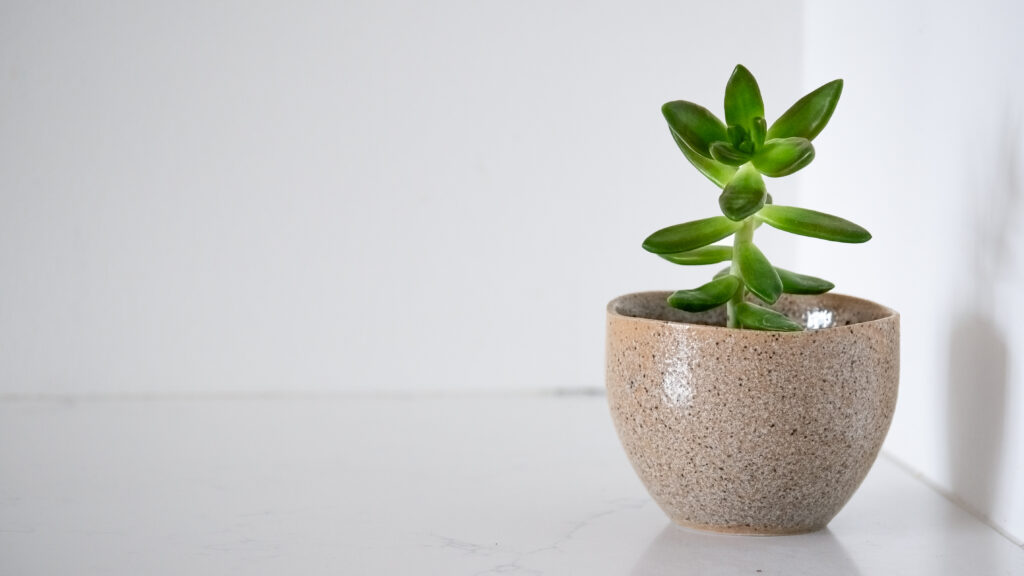
Pachyphytum Viride is a thick leaved green succulent. Growth is in a rosette shape at the top. The leaves branch from the stem.
With more sun, the leaves are redder.
☀️ What Light Does Pachyphytum Need?
Pachyphytum Viride thrives in bright direct light. I keep my Pachyphytum in a south-west facing window.
🌡️ What Temperature and Humidity do Pachyphytum Like?🌫️
Pachyphytum Viride prefers a high temperature (up to 29 degrees celsius). At night it is fine with a temperature as low as 15 degrees.
I keep my succulents closer to the window away from the humidifier as they prefer low humidity (I use the Levoit Hybrid Ultrasonic Humidifier (LV600HH)).
I use my humidifier to ensure the humidity levels in my apartment stays between 40% and 60%. Since I live in Canada and the winters can be very dry, and the humidity can drop below 30% humidity, so its helpful to set the humidity at about 45% or 50% in this season to keep all of my plants happy.
🌱 How Does the Pachyphytum Viride Grow?
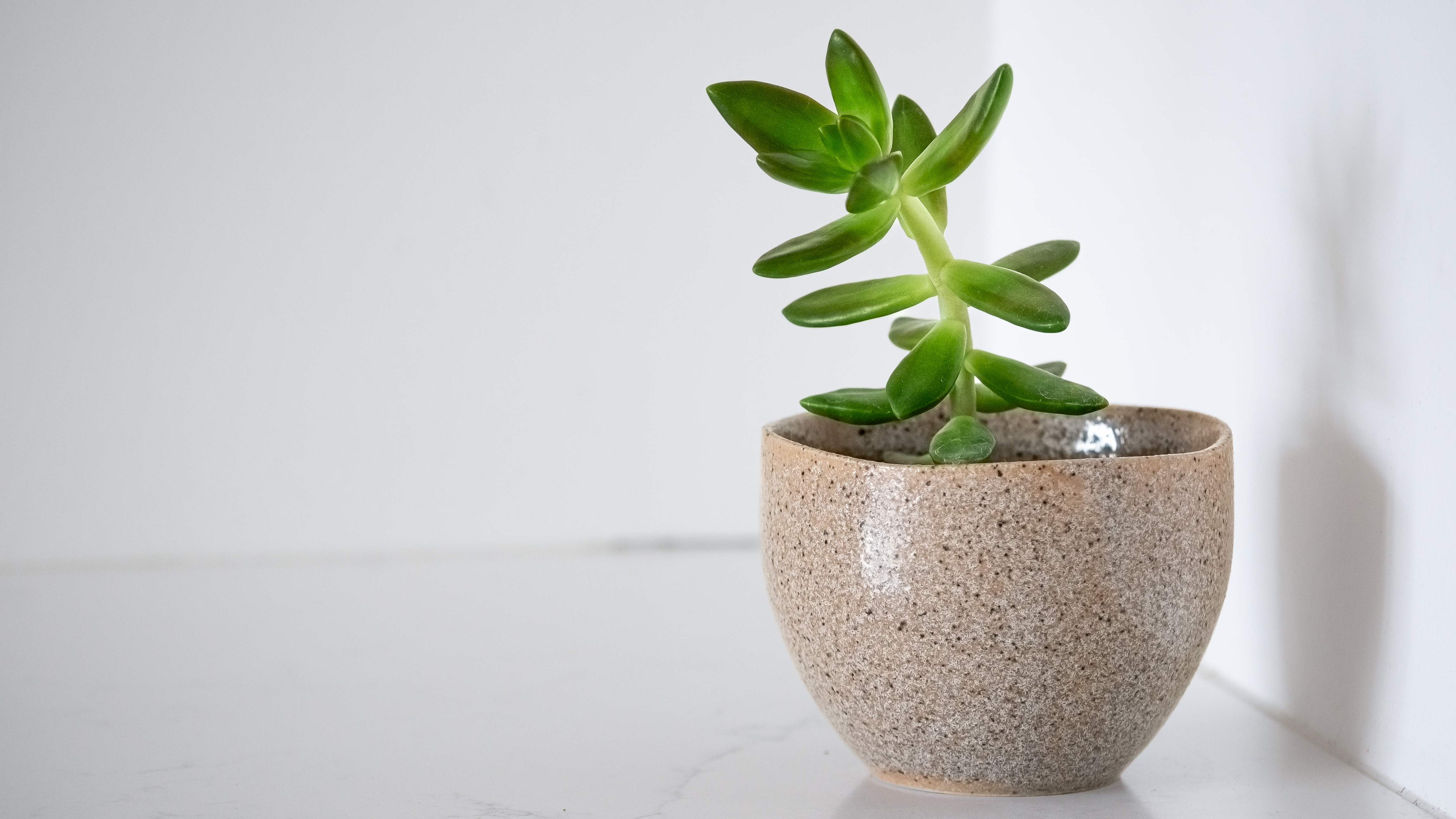
On average, Pachyphytum Viride can grow up to 3.3 feet.
New foliage grows in a rosette form and branches from the stem.
🌸 Does the Pachyphytum Viride Bloom?
Pachyphytum can flower. The flowers are white with faint colouration.

✂️ How to Propagate Pachyphytum?
The easiest way to start a new Pachyphytum Viride is by leaf cuttings or stem cuttings.
Leaf Cuttings
Choose a plump, leaf from a healthy adult plant and twist it off the stem. Wait for the leaf to callus over in a well lit spot. This should take a couple of days. Once the callus is formed, you can pot it into a well-draining potting mix. Make sure you water your Pachyphytum after it has been potted. Place it in a well lit place.
Stem Cuttings
With stem cuttings you would make a cut on the stem for the Pachyphytum. Make sure there is at least one node. After cut, place the cut end of the stem directly into a well-draining potting mix. Water the plant. Place it in a well lit place.
Patience is key with propagation. Give your new plant time to settle into its environment. Once you see new growth, you know your plant is well established.
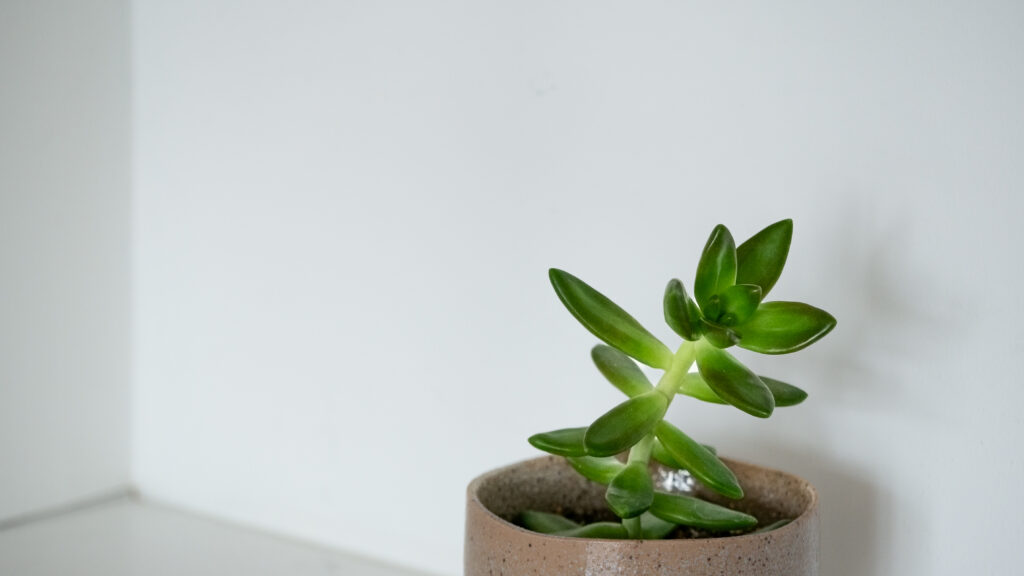
💧 How Much Water Does the Pachyphytum Need?
The Pachyphytum Viride likes to dry out between waterings (typically needs to be watered once a month).
To determine if your plant needs water, you can stick your finger in the soil (1 to 2 inches) and if it is dry, its ready for water! If you don’t want to get your hands dirty, you can try a moisture meter.
It is best to bottom water your plants. It’s the easiest way to know if your plant is thirsty or not. Overwatering can lead to various issues including death of your Pachyphytum.
You can top water, but it’s best to do so in a pot with drainage until water is flowing out of the hole. If your pot doesn’t have drainage, you might accidentally drown your plant or make some fungus gnats very happy.
You should top water from time to time to make sure any built up minerals can wash through the plant. The water should drip out of the bottom of your drainage hole.
🪳 Pests & Problems 😔
Pachyphytum Viride can face the following pests and problems.
🪳 Pests
- Mealy Bugs: these look like little white cotton balls on the Pachyphytum Viride. You can remove these with your fingers if you catch them early enough, but I would use a cotton swab with a drop of Isopropyl alcohol and try to scrape them off the stem.
- Fungus gnats: Spray the Pachyphytum with a mixture of neem oil, dish soap and water. I also let the soil dry out and add dryer sheets on top of the soil so the gnats can’t sense the moisture on the soil.
😔 Other Common Problems
- Overwatering: Root rot happens from overwatering your Pachyphytum with insufficient drainage. You can improve the drainage of your plant by ensuring your plant is potted in a planter with a drainage hole and using a well draining soil (something with a decent amount of perlite). You can also end up with fungus gnats or fungal disease from overwatering.
- Underwatering: Even though plants prefer to be underwatered over overwatered, you still have to remember to water it on a consistent schedule. You will know your Pachyphytum wants water when the leaves are looking less full. Shrivelled leaves is a sign of underwatering.
- Sunburn: Even though you will often find this plant in bright, sunny environments, they can be burned. This plant turns redder the more sun it gets (just like humans). To fix this, just move your plant a bit further back in the room.
- Etiolated (leggy): Being etiolated happens if the plant doesn’t get enough sun. The stems will grow really long trying to reach the sun. Move your Pachyphytum closer to the window.
☢️ Are Pachyphytum Toxic?
Pachyphytum Viride are typically not toxic to touch or consume, however some people may experience allergic reactions.
Pachyphytum Viride Quick Care Guide
| Scientific Name | Pachyphytum viride Walther |
| Nickname | Pachyphytum Viride |
| Origins | Mexico |
| Light | Bright, direct light |
| Temperature | 15-29 degrees celsius (preferred) |
| Humidity | Low |
| Height | Up to 3.3 feet |
| Blooms | Yes |
| Propagate | Stem or Leaf Cuttings |
| Water Frequency | When dry (likely once a month) |
| Pests | Mealy Bugs, Fungus Gnats |
| Common Problems | Overwatering (root rot), Underwatering, Sunburn, Etiolated (leggy) |
| Toxicity | Non-toxic |
References
Below is a list of external sources I consulted while writing this post. This post is a mixture of my own experiences, and the external sources listed below:
https://worldofsucculents.com/how-to-grow-and-care-for-pachyphytum/
https://worldofsucculents.com/pachyphytum-viride/
https://en.wikipedia.org/wiki/Crassulaceae
https://en.wikipedia.org/wiki/Pachyphytum

